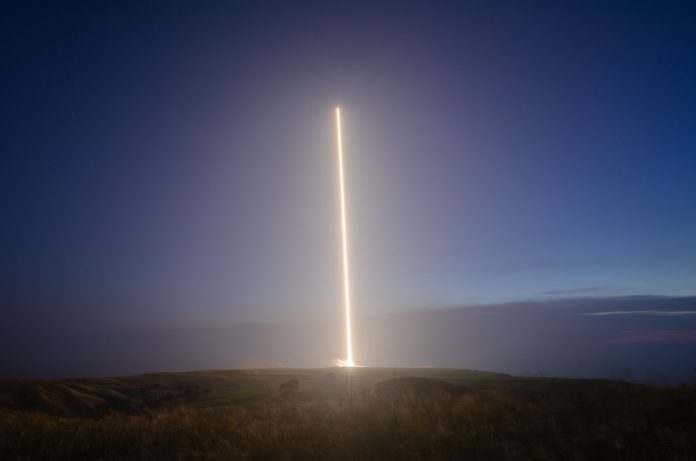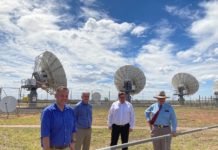On 6 December 2019, at 8:18 am UTC, launch provider Rocket Lab conducted its 10th mission – and the final one of 2019 – from its launch site at New Zealand’s Mahia Peninsula. The launch successfully orbited 6 picosatellites developed by Alba Orbital, named “PocketQubes”, as well as Japan’s 75-kg ALE-2 cubesat for meteor shower simulation company ALE.
The launch took place using Rocket Lab’s Electron, and is particularly significant because this was also an experimental launch towards the company’s goal of reuseability. In Friday’s launch, Electron was equipped with new hardware and sensors to inform future recovery efforts, and pave the way for first-stage recovery.
As part of a first stage block upgrade, Electron’s booster included guidance and navigation hardware, including S-band telemetry and onboard flight computer systems, to gather data during the first stage’s atmospheric re-entry. The stage was also equipped with a reaction control system to orient the booster during its re-entry descent.
Said CEO Peter Beck on Twitter after the launch: ” Electron made it through wall! Solid telemetry all the way to sea level with a healthy stage. A massive step for recovery!!” The company has also confirmed that the guided re-entry was a success.
The seven satellites launched were:
ATL-1: A payload from Advanced Technology of Laser (ATL) from Hungary designed to test a new thermal isolation material in space, conduct a thermal insulator material experiment, and DVB-T band spectrum monitoring.
Fossasat-1: FossaSat 1 is a picosatellite developed by Spanish non-profit organization Fossa Systems. The spacecraft, which fits in the palm of a hand, is a communications satellite that uses low power RF to provide IOT connectivity.
NOOR 1A & NOOR 1B: These satellites from US-based Stara Space will demonstrate LEO-to-LEO intersatellite link technology communicating with ground stations on Earth; crucial technologies required to create a real-time global communications constellation in space.
SMOG-P: A novel spectrum monitoring payload built by students at the Budapest University of Technology and Economics in Hungary. Smog-P features a spectrum analyzer to measure man-made electromagnetic pollution from space.
TRSI Sat: ACME AtronOmatic is a US-Germany based software application development company that provides flight tracking services to the aviation community and to mobile applications such as MyRadar, a weather radar application for mobile devices.
ALE-2: Tokyo-based ALE Co., Ltd ‘s ALE-2 satellite aims to create man-made shooting stars by simulating re-entering meteor particles. The satellite includes multiple redundant attitude sensors and controllers, as well as a propulsion system for maneuvers.







